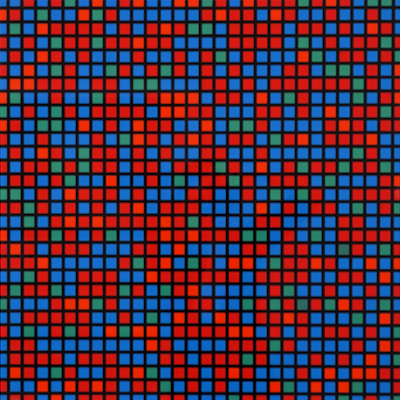
Face, 1970s
- Inches
- Centimeters
- USD
- EUR
- GBP
Ink and felt pen Drawing - Hand-Signed on the lower right
- Recently Added
- Price (low-high )
- Price (high-low )
- Year (low-high )
- Year (high-low )
Seek an Artwork by Victor Vasarely
If you are searching for a specific piece by Victor Vasarely, let us know what it is, and we will explore our network to find matches. Our goal is to assist you in discovering artworks that align with your interests.
What is geometric abstract art?
This is one of the forms of abstract art that uses geometric forms placed into a non-illusionistic space (though not always) and then combined into non representational(non objective) compositions. From the experience and results of the many years of research in the area of art, artists have suggested that the process of geometric abstraction can be a solution to the modern problems where some artists have been rejecting illusionistic practices.



























































































